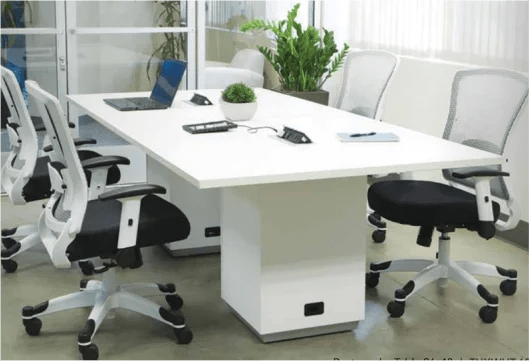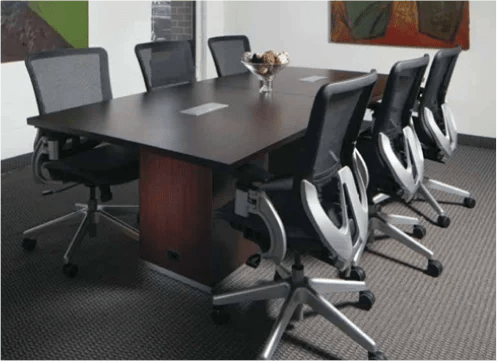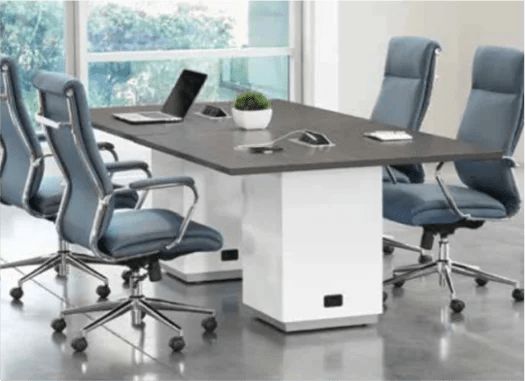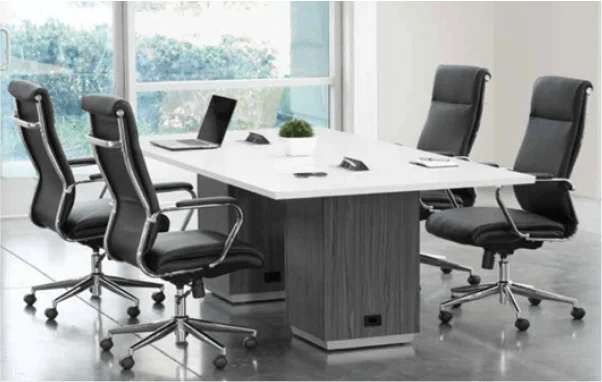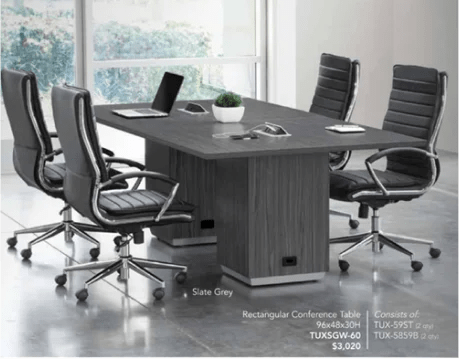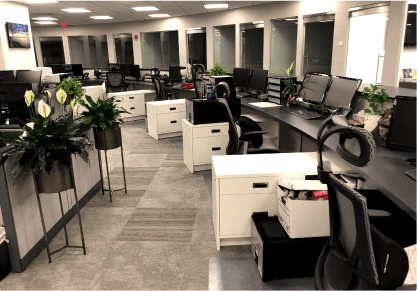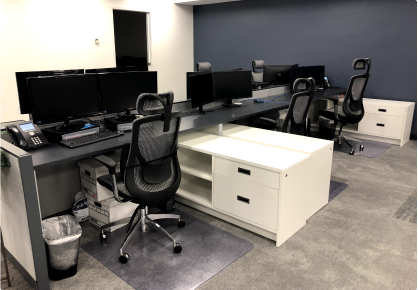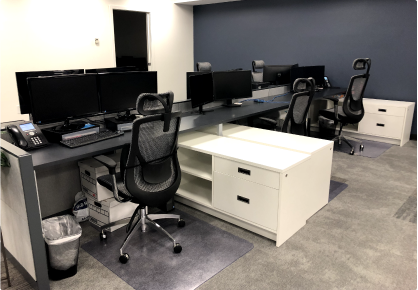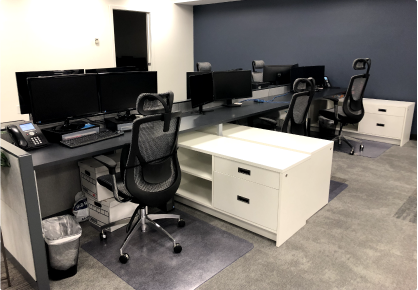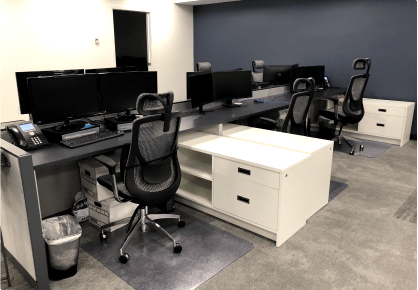- NY Phone: (212) 641-4300 |
- NJ Phone: (908) 300-5664
How to Protect Office Furniture in Storage From Damage
How to Protect Office Furniture in Storage From Damage

Essential Tips for Storing Office Furniture Safely
Storing office furniture properly is crucial for maintaining its condition and extending its lifespan. Whether you’re relocating, downsizing, or simply need to free up space, these expert tips will help you protect your investment.
1. Thorough Cleaning and Preparation
Before placing any furniture into storage, a meticulous cleaning is essential. Dust, dirt, and grime can cause scratches, stains, and even long-term deterioration.
- Wooden Furniture: Use a high-quality wood cleaner or polish to remove dust and dirt, preserving the finish and preventing cracks.
- Upholstered Furniture: Vacuum all upholstered pieces thoroughly. For deeper cleaning, steam-clean and ensure they are completely dry to prevent mold and mildew.
- Metal and Glass Items: Clean these surfaces with appropriate cleaners to remove fingerprints and smudges that can lead to permanent stains.
2. Strategic Disassembly of Large Items
Disassembling large furniture items not only simplifies transportation but also minimizes the risk of damage.
- Remove Legs and Shelves: Detach legs from tables and chairs and remove shelves from bookcases to maximize storage space.
- Organize Hardware: Store all screws, bolts, and small hardware in labeled bags and securely attach them to the corresponding furniture piece to prevent loss.
- Clearly Label Parts: Label each disassembled part for easy reassembly.
3. Protective Coverings: Your Furniture’s First Line of Defense
Proper coverings shield your furniture from dust, moisture, and scratches.
- Breathable Materials: Use moving blankets, old sheets, or drop cloths to cover furniture, allowing air circulation while preventing dust buildup.
- Avoid Plastic Wrap: Directly wrapping furniture in plastic can trap moisture, leading to mold and warping. Instead, use a breathable layer before any plastic.
- Secure Covers Tightly: Ensure covers are securely fastened to prevent shifting during storage.
4. Elevation: Keeping Furniture Off the Ground
Elevating furniture off the ground minimizes moisture exposure and prevents damage.
- Use Pallets or Blocks: Elevate furniture legs with pallets or blocks to avoid direct contact with potential moisture.
- Prevent Water Damage: In flood-prone areas, use higher pallets or shelving for added protection.
5. Climate-Controlled Storage: Essential for Sensitive Items
Extreme temperature and humidity fluctuations can cause significant damage over time.
- Temperature Regulation: Maintain a consistent storage temperature between 60°F and 80°F (15°C – 27°C) to prevent warping and cracking.
- Humidity Control: Keep humidity levels between 30% and 50% to reduce moisture buildup and prevent mold growth.
- Ideal for Sensitive Items: Wooden furniture, leather chairs, and electronic equipment benefit significantly from climate-controlled environments.
6. Safeguarding Surfaces: Preventing Scratches and Stains
Protect furniture surfaces from damage with additional safeguards.
- Felt Pads: Place felt pads under desk accessories like lamps to prevent scratches.
- Desk Mats: Use protective mats to prevent surface damage from office supplies.
- Cushion Edges: Wrap sharp edges in foam or bubble wrap to avoid damaging other stored items.
7. Secure Heavy Items for Safety and Stability
Properly securing heavy furniture prevents accidents and damage.
- Use Straps and Ropes: Secure large items like filing cabinets and bookcases to keep them stable.
- Position for Stability: Store heavier items at the bottom of stacks to prevent crushing lighter ones.
8. Regular Monitoring: Ensuring Long-Term Protection
Regular checks help ensure your furniture remains in excellent condition.
- Check for Moisture: Look for signs of dampness, mold, or mildew and address any issues immediately.
- Inspect for Pests: Keep an eye out for termites, rodents, or other pests that could damage furniture.
- Maintain Cleanliness: Periodically dust and clean the storage area to prevent buildup that could affect your furniture.
Additional Tips for Optimal Storage
- Avoid Direct Sunlight: Store furniture away from windows or direct light to prevent fading.
- Utilize Dehumidifiers/Humidifiers: Keep humidity levels balanced to prevent material deterioration.
- Implement Pest Control Measures: Ensure the storage area is pest-free to prevent infestations.
Protect Your Office Furniture Investment
By following these storage best practices, businesses can protect their office furniture investment and ensure that their items remain in excellent condition for future use. For sustainable and effective office furniture storage solutions, consider partnering with experts who prioritize both asset preservation and environmentally responsible practices.
Contact Us For
OFFICE SPACE SOLUTIONS
and FF&E Services
Copyright © 2025 RJV Office Furnishing LLC




